HARTMANN Sorbalgon T calcium alginate cord 5cm x 30cm (2gr) 1piece
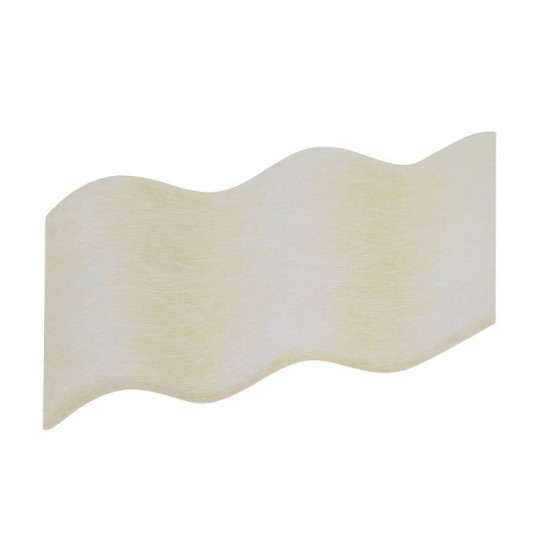
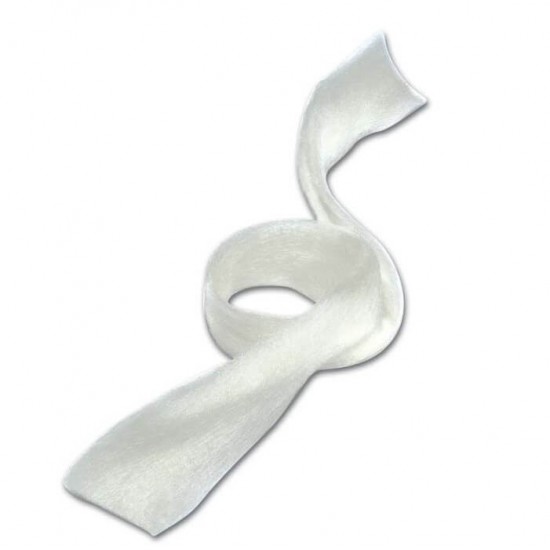


- Stock: 24
- Model: 6940610110024
- Weight: 0.15kg
- SKU: 999592
- MPN: 999592
Hartmann Sorbalgon T cord ideal for treating deep wounds. Bed sores (pressure sore) are characterized by cellular necrosis of an area of the body caused by disruption of microcirculation in the tissues of that area. Lying down is a localized destruction of an area of skin and underlying tissue that develops as a result of prolonged tissue ischemia due to skin pressure. This happens in recumbent patients who are placed in the same position for a long time. Ulcers usually form on the protruding parts of the body
There are many reasons why a pressure ulcer can develop
Limited mobility
Lying down or staying in a chair for extended periods of time
Regular crawling on the bed
Pull along the bed when changing position
Dry skin
Skin exposed to urine, feces or body fluids
Reduced perception
Reduced sensation or sensation of pain
Bad nutrition
Vascular disease
Hartmann Sorbalgon T calcium alginate cord characteristics
Hartmann Sorbalgon a capping cord for easy capping, without active substances, of calcium alginate fibers which during exchange with sodium salts contained in the blood and secretions are converted into a hydrophilic gel that does not adhere to the wound filling the cavities. In this way, close contact with the wound is created and a favorable microclimate for its healing. The germs are encapsulated during the conversion process in the gel structure.
Hartmann Sorbalgon T alginate cord application
Primarily for the treatment of all types of external wounds, especially for hemorrhagic and exudative wounds as the formation of gels accelerates their healing, e.g. for venous ulcers of the lower extremities, ulcers from bed sores, abscesses, dandruff, burns as well as for wounds that are difficult to heal after an accident or surgical removal of tumors. Especially For the treatment of deep wounds and fistulas.
Locking cords, 30 cm long, especially for small diameter fistulas and needle penetration passages.

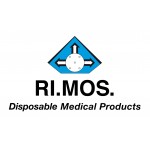
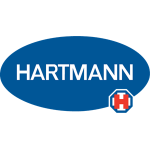

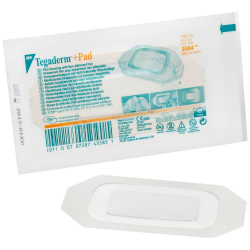
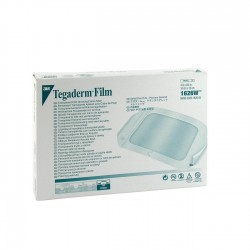
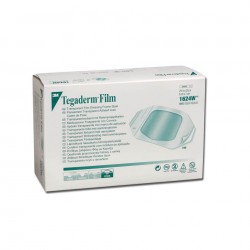
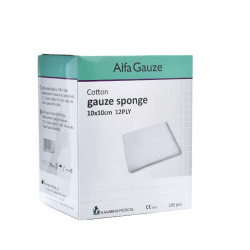
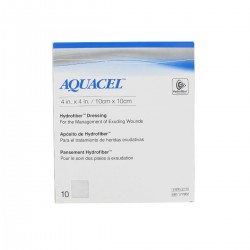
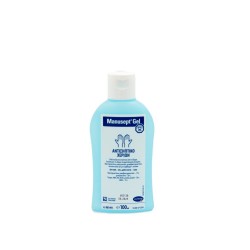
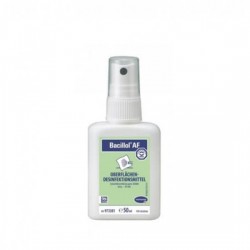
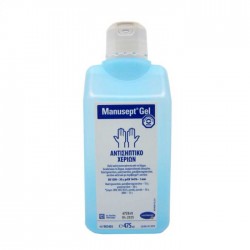
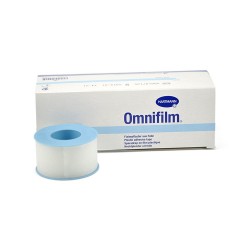

























-70x70.jpg)






















-70x70w.png)


















-70x70h.png)
























-70x70w.png)



